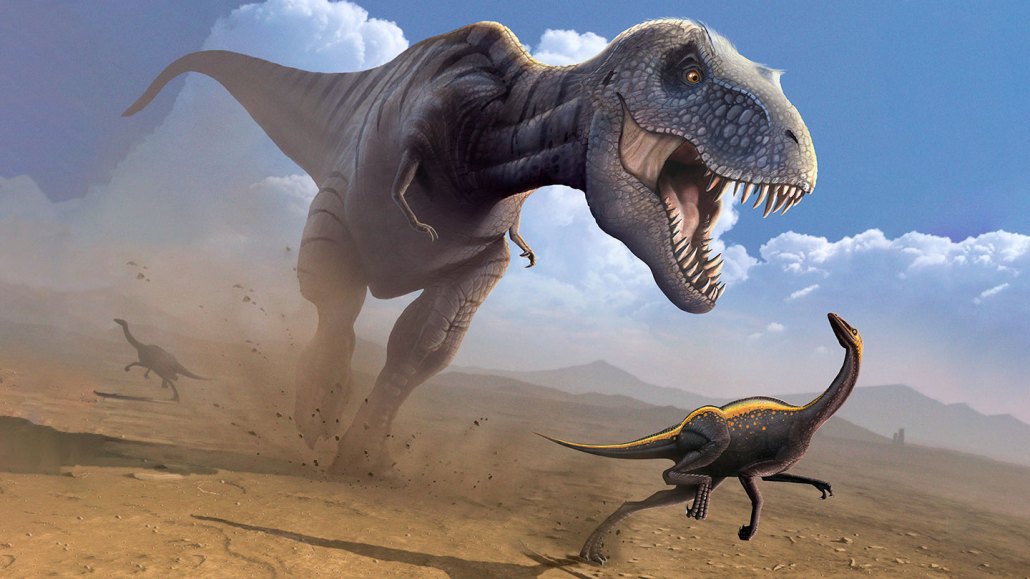
Fossils
New clues about dino speed come from birds strutting through mud
Fossilized footprints can help calculate how fast dinosaurs moved. But tests with guinea fowl show that past estimates might not be right.
Come explore with us!

Fossilized footprints can help calculate how fast dinosaurs moved. But tests with guinea fowl show that past estimates might not be right.

This field of science looks to understand life — past and present — by studying how organisms altered their surroundings.

Modern birds are the only dinosaurs that survived an apocalyptic extinction event 66 million years ago.

Researchers rely on prehistoric tools and other artifacts to study the vast stretches of time before recorded history.

During nest building, these insects add five- and seven-sided cells in pairs. This helps their colony fit together hexagonal cells of different sizes.

Human ears don’t work well in the water. A mermaid would need marine creature features to talk to and understand her aquatic friends.

Scientists are rethinking how this extinct creature used the spiky limbs sticking out of its face to hunt.

O. megalodon sharks were warm-blooded mega-predators. But when food sources dwindled, colder-blooded sharks may have had an evolutionary edge.

Dinosaurs like Tyrannosaurus have long been portrayed with their big teeth bared. But new research suggests this wasn’t so.

A new look at an ancient sea animal called Essexella suggests it may have been a type of burrowing sea anemone, not a floating jelly.